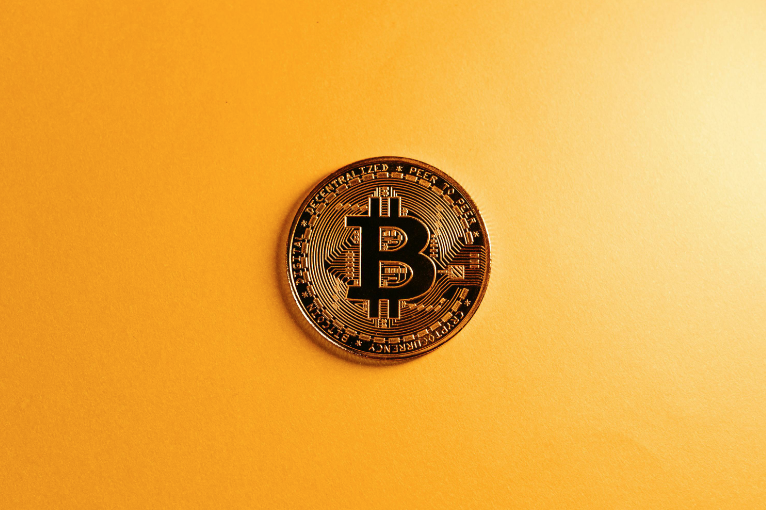The cryptocurrency world never stands still, and XRP has kept its spot in the spotlight. Each time the xrp price usd ticks on major exchanges, businesses and traders look to the number, seeing it as a barometer of global payments, blockchain efficiency, and the wider future of online commerce. But to decode its value, you need to zoom past the daily candlestick chart and keep an eye on the regulatory, institutional and tech currents that still steer its course.
Historical Context of XRP’s Price Performance
XRP started in 2012 when Ripple Labs set out to cut the time and cost of cross-border payments. When big banks and payment companies began to use it, the token quickly drew lots of institutional interest. Yet the price has gone on wild roller-coaster rides.
In 2017, during the first major cryptocurrency boom, XRP surged from under $0.01 to above $3, marking one of the steepest rallies in digital asset history. The 2018 market correction, however, saw XRP fall under $0.50, reinforcing how quickly sentiment can shift in the digital economy.
In December 2020, the SEC lawsuit against Ripple Labs triggered wild price swings, but a mid-2023 court ruling settled that risk on a key point. The judge found that XRP’s secondary-market trades aren’t securities sales, sending XRP price temporarily above $0.80. The spike showed how a single ruling can coax money back into a payment-focused ledger.
Independent research shows strong grassroots crypto adoption through 2023, led by Central and Southern Asia, with sustained usage across centralized and DeFi services. Therefore, high cycles or corrections in global price reflect not just speculation but sustained, organized flows of institutions’ drawer experiments on how the token bridges cash positions in multiple currencies.
Market Insights and the Role of Institutional Adoption
Binance Research’s September 2025 Monthly Market Insights report reinforces the link between news and price: “XRP dropped 8.7% in August on insider-trading claims, generating immediate selling pressure.” The same report also found that the overall crypto market cap slipped by about 1.7% that month, as Bitcoin’s price dropped its share of market heft and Ethereum, in the subsequent weeks, took the lead in gathering fresh investment.
RippleNet, the global payment network that uses XRP, has made the coin more than just a speculative play. Instead, it offers real on-demand liquidity. Data from the Bank for International Settlements says worldwide remittance fees hover around 6.49 percent. There’s ample space for blockchain to push that number even lower.
For businesses that regularly move money across borders, cheaper settlements and the certainty that the liquidity cost will not spike translate directly to larger profit margins and smoother everyday operations. Because of this, XRP stays on the radar of banks and enterprises testing blockchain for everyday transactions.
Comparing XRP to the Broader Altcoin Landscape
XRP belongs to a group of highly liquid altcoins that serve specific business needs. Binance recently observed that “altcoins with actual utility don’t react to market cycles the same way” as more speculative tokens.
Recent reporting by CryptoSlate shows that XRP trading volume remained around $3.2 billion in Q1 2025, even as XRPL ledger activity contracted. This suggests that exchange demand for XRP has held relatively steady during periods of shifting market sentiment. For businesses evaluating blockchain-based payment solutions, such steadiness in trading demand lowers integration risk compared to highly speculative tokens.
Binance recently stated, “With real use cases, tokens stand a much better chance of surviving and flourishing as adoption increases.” This perfectly explains why XRP, which is tied to cross-border remittances and payment channels, has a level of built-in strength that many speculative assets simply lack. When a token has a clear, everyday purpose, it is much more than a chart that traders stare at; it is a tool that actual users and institutions want to keep.
Regulation, Regional Adoption and Business Implications
Regulatory decisions continue to set XRP’s price in USD. While the 2023 U.S. court ruling lifted one major uncertainty, other critical frameworks, like the European Union’s Markets in Crypto Assets (MiCA) regulation, are recalibrating adoption in different markets. When regulators supply a stable set of guardrails, banks and payment firms are more likely to move past sandbox trials and flip the switch to live operations.
Ripple, the company behind XRP, has proactively inked agreements with banks and payment networks across Asia, Africa, and Latin America, areas that show both powerhouse remittance demand and more favorable rules. The World Bank’s figures zero in on the moment: remittances to low- and middle-income countries totaled roughly $669 billion in 2023. If a blockchain solution can trim processing fees, the consequences are large. Companies that work along digital supply lines, scale cross-border sales, or service migrant workers stand to save real dollars and may well choose XRP as the payment fuel.
For international e-commerce platforms and SaaS firms, quicker crypto settlement can change pricing models, refresh payment workflows, and improve the customer journey. A merchant selling in 10 countries, for instance, can move working capital off the sidelines once settlement waits are shortened. At this stage, marketers and leaders no longer see blockchain as just another ledger. It becomes a lever for faster growth and deeper customer trust.
What Businesses and Digital Marketers Should Track
Focus on liquidity depth, its adoption speed, and the signal of clear regulations. Data hubs like Binance Research regularly publish snapshots of on-chain volumes, while respected bodies like the Bank for International Settlements and the World Bank offer longer-term views on remittance costs and systemic fairness. Both views are essential for a full picture.
For marketers, the question isn’t “Will the token go up?” It’s “Can fast, clear blockchain settlement give me an edge in speed, openness, and lower cost for cross-border sales?” Close the loop by mapping XRP’s dollar price to on-chain growth and enterprise partnerships. This tight mesh of speed and verifiable data can signal how payment rails might change in the next 12 months.
Firms that do business in multiple countries may keep an eye on the XRP to USD price each day, but they care just as much about whether their banking partners are signing on to RippleNet or other similar technology. For marketers, being able to brag about near-zero settlement costs and nearly real-time speed can become a powerful brand tool wherever slow and pricey payments are the daily norm.
A lot influences XRP’s price, including speculation, the regulatory picture, and real-world use. What’s striking is that, over the long run, its price tracks trading activity and the growing belief that it can transform how money crosses borders. Companies looking at how blockchain can supercharge growth and speed up payments view XRP as a textbook example of how tech, legislation, and real-world use evolve at the same time. The coin’s path will keep teaching the digital economy how quickly the blockchain vision is being put into everyday business.

